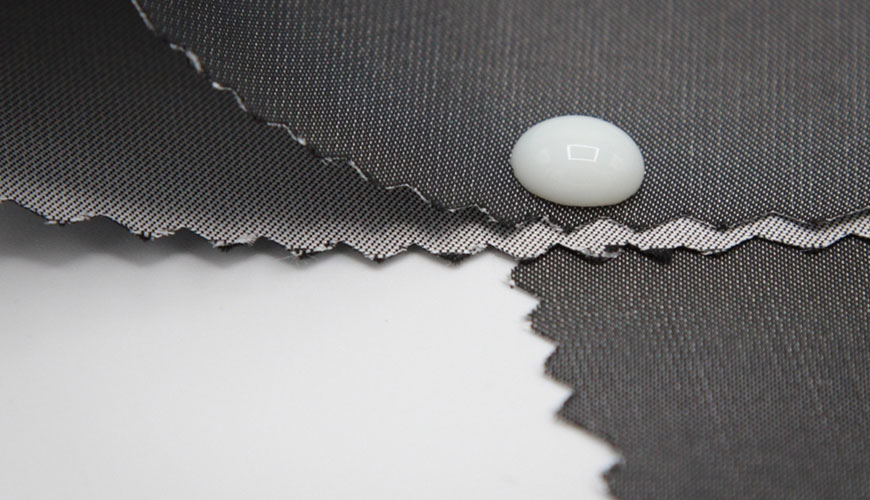

The JIS L 1902 standard, developed by the Japanese Industrial Standards organization (JIS), specifies quantitative and qualitative test methods to determine the antibacterial activity and antibacterial activity of all antibacterial textile products, including non-woven fabrics.

This Standard is applicable to all textile products, including fabrics, wadding, yarn and materials for clothing, bedspreads, home furnishings and miscellaneous goods, regardless of the type of antibacterial agent (organic, inorganic, natural or man-made) or method used.
Depending on the intended application and the environment in which the textile will be used, as well as on the surface properties of the textile properties, the user can select the most appropriate of the following four determination methods for determining antibacterial activity.
Absorption Method: The test is an evaluation method in which a suspension of bacteria is inoculated directly into samples.
Transfer Method: It is an evaluation method in which test bacteria are placed on an agar plate and transferred onto samples.
Printing Method: It is an evaluation method in which test bacteria are placed in a filter and printed on samples.
Halo Method: It is a qualitative method for assessing the presence of halo.
Colony plate count method and ATP (ATP = Adenosine Tri-phosphate) luminescence method are also indicated to measure bacterial count. The evaluation of the photocatalytic antibacterial activity treated on the photocatalytic finished textile product will be made according to JIS R 1702.
The test methods presented in the JIS L 1902 standard have been more carefully designed than an alternative antimicrobial fabric test method provided in the AATCC 100 standard. This test method is quantitative and results are often reproducible. Both bacteriostatic (anti-growth) and bactericidal (bactericidal) properties are tested on a specific antimicrobial fabric. On the other hand, this testing method helps researchers estimate the accuracy of individual tests and provides triple tests that increase overall experimental accuracy.
However, this test method is not generally accepted for health claims by the US Environmental Protection Agency (EPA).
Our organization also provides services to determine the antibacterial activity and effectiveness of JIS L 1902 textile products within the framework of laboratory testing services.
To get an appointment, to get more detailed information or to request an evaluation, you can ask us to fill in our form and reach you.